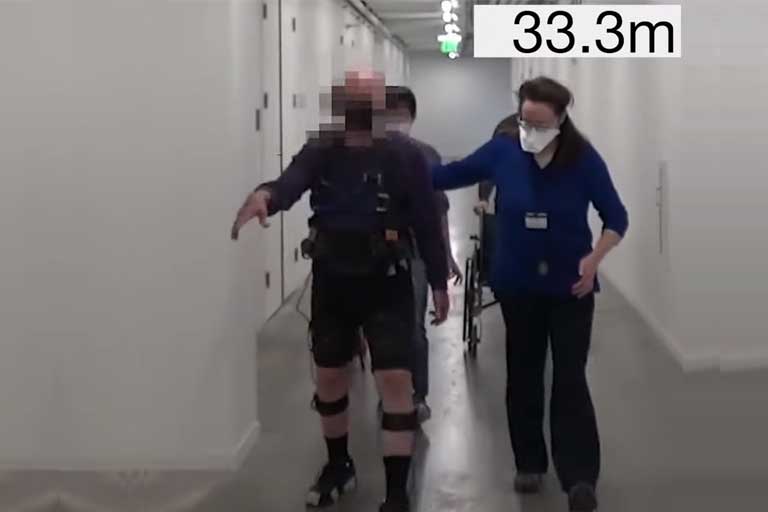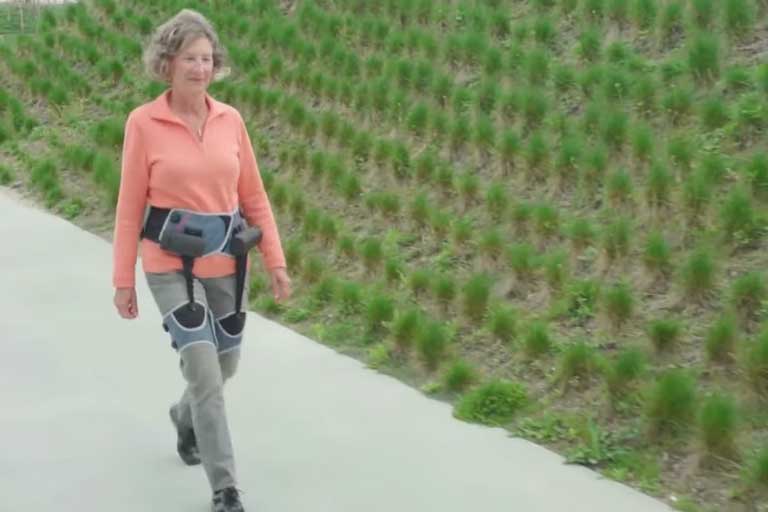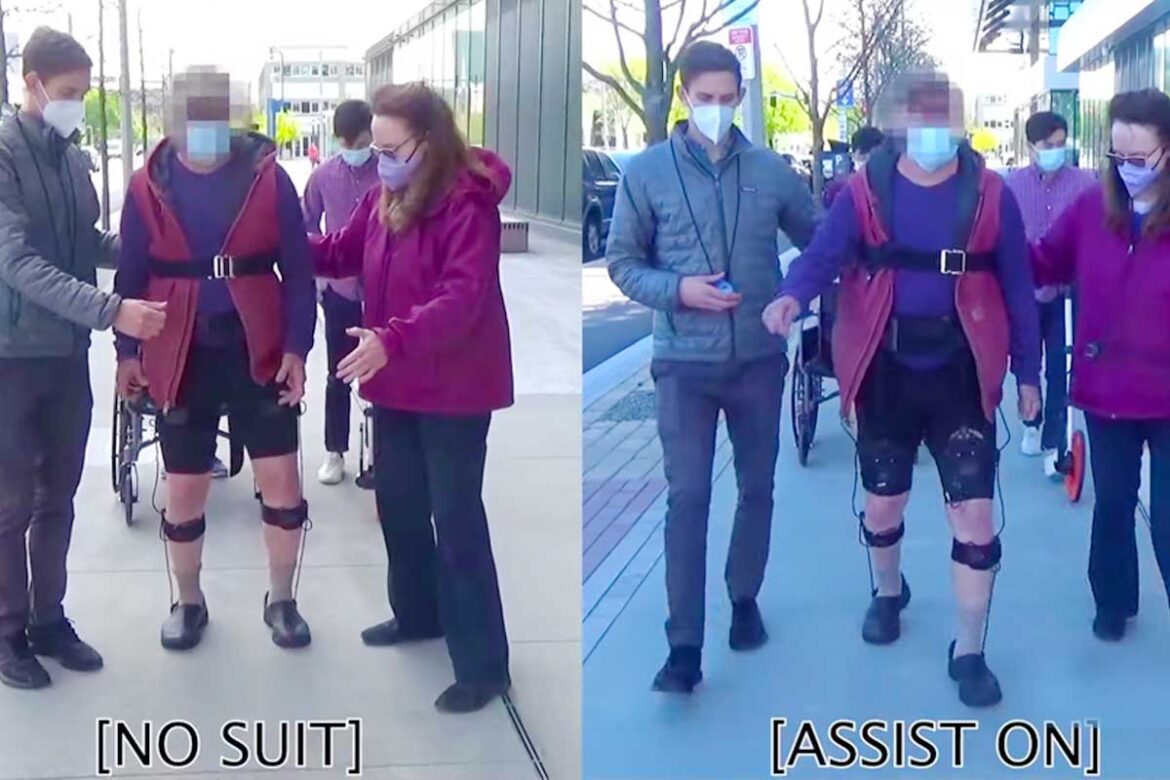In a groundbreaking stride towards enhancing the quality of life for individuals battling Parkinson’s disease, researchers from the Harvard John A. Paulson School of Engineering and Applied Sciences (SEAS) and the Boston University Sargent College of Health & Rehabilitation Sciences have unveiled a transformative soft robotic exoskeleton.
Parkinson’s disease, a neurodegenerative disorder, brings forth a range of challenges for individuals, one of the most debilitating being gait freezing. Gait freezing is a sudden and temporary inability to initiate or continue walking, robbing patients of their mobility and independence.
Until now, there has been a lack of effective solutions to counteract this distressing symptom.

This remarkable invention is the result of collaborative efforts spanning engineering, rehabilitation sciences, physical therapy, biomechanics, and apparel design. The interdisciplinary team worked together to create a solution that addresses a critical challenge faced by individuals with Parkinson’s disease.

A poignant video released by the research team showcases the life-altering impact of the soft robotic wearable device. In the video, an elderly man, previously constrained by gait freezing, dons the exoskeleton device.
The transformation is palpable — he not only walks without the hindrance of freezing but does so with increased speed and confidence.
Beyond alleviating gait freezing, the soft robotic exoskeleton holds the promise of substantially improving the overall mobility of individuals with Parkinson’s disease. Providing targeted and timely support empowers patients to engage in daily activities with increased independence and reduced anxiety.
Source: Harvard John A. Paulson School of Engineering and Applied Sciences


